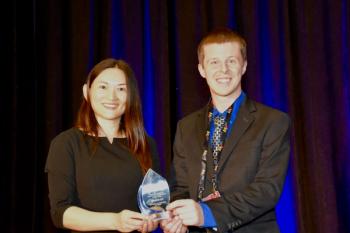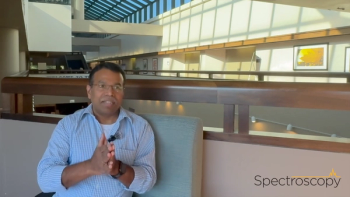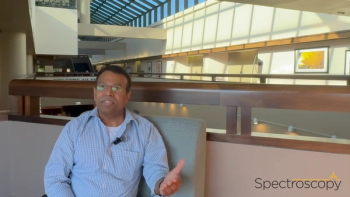
SciX 2023: A Look at the Monday Afternoon Oral Session on Forensic Analysis in the Lab and at the Crime Scene
On Monday October 9th from 3:50–5:30 pm, an oral session on forensic analysis in the laboratory and at crime scenes will take place. We preview this session here.
From 3:50–5:30 pm, an oral session titled “Forensic Analysis in the Lab and at the Crime Scene” will be taking place in Southern Pacific A/G. This series of five talks will discuss a variety of spectroscopic techniques being used in forensic analysis.
At 3:50 pm, Gregory Dutton of The National Institute of Justice, will begin the session with a talk titled, “Forensic Science R&D Funding Programs at the National Institute of Justice.” This talk will review the Institute’s work, highlighting their research and development (R&D) portfolio.
Following this, at 4:10 pm, Jose Almirall of Florida International University, will give a talk titled, “Validation of the Fast Blue BB (FBBB) Colorimetric Test for the Detection of delta-9- tetrahydrocannabinol (∆9-THC) in Oral Fluid.” Almirall’s talk will present an analysis of the use of the FBBB color/fluorescence field test to determine THC in plants and the development of a field test to detect THC in an oral fluid (OF) matrix.
Next, at 4:30 pm, Entesar Al-Hetlani of Kuwait University will give a talk titled, “Probing Phototransformation of Saliva Stain with Steady State Fluorescence Spectroscopy.” This talk will discuss using steady state fluorescence spectroscopy to investigate the aging and photostability of saliva stains.
The subsequent 4:50 pm talk will be led by Tatiana Trejos of West Virginia University. The talk, titled, “Streamlining Decision-making Processes at the Crime Scene and the Laboratory by Incorporating Fast Screening Tools into Current Gunshot Residue Workflows,” will discuss analyzing gunshot residues using spectroscopic techniques, and how combining LIBS and electrochemical sensors could be used as an alternative screening approach.
Finally, at 5:10 pm, Sarah Szakas of Iowa State University will give a talk titled, “Multi-Element Analysis of Inorganic Gunshot Residues via Single Particle Inductively Coupled Plasma Mass Spectrometry?” This talk concludes the afternoon session and continues the discussion of analyzing gunshot residues, explaining how single particle inductively coupled plasma time-of-flight mass spectrometry (spICP-TOF-MS) could be a better approach to use when conducting inorganic gunshot residue (IGSR) analysis.
Newsletter
Get essential updates on the latest spectroscopy technologies, regulatory standards, and best practices—subscribe today to Spectroscopy.




